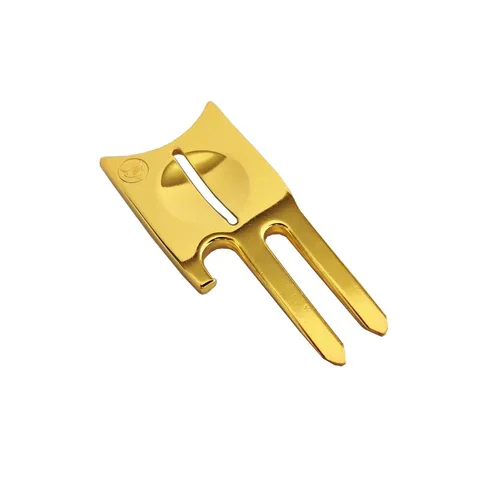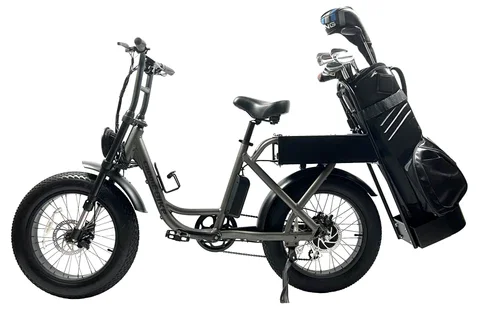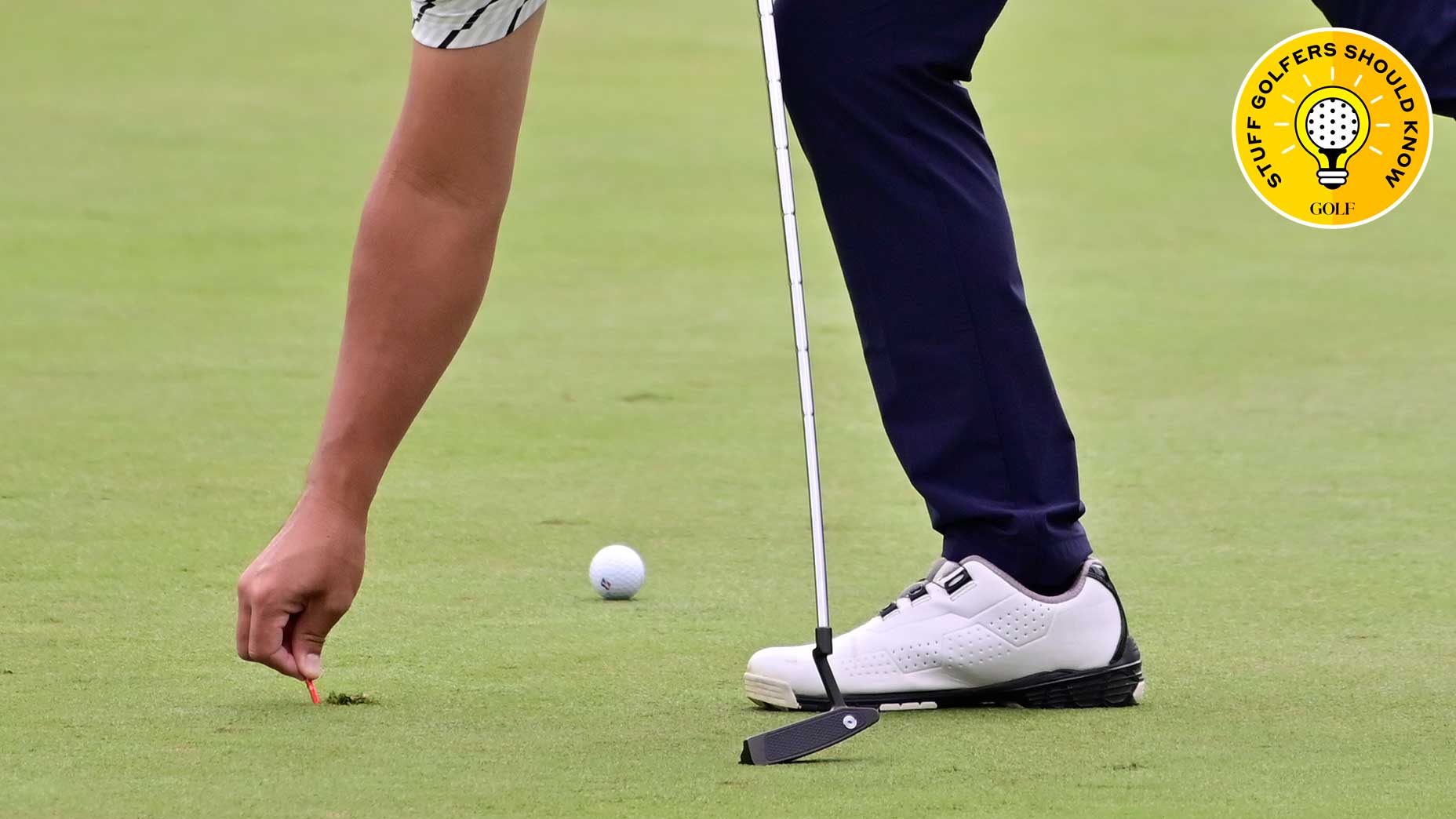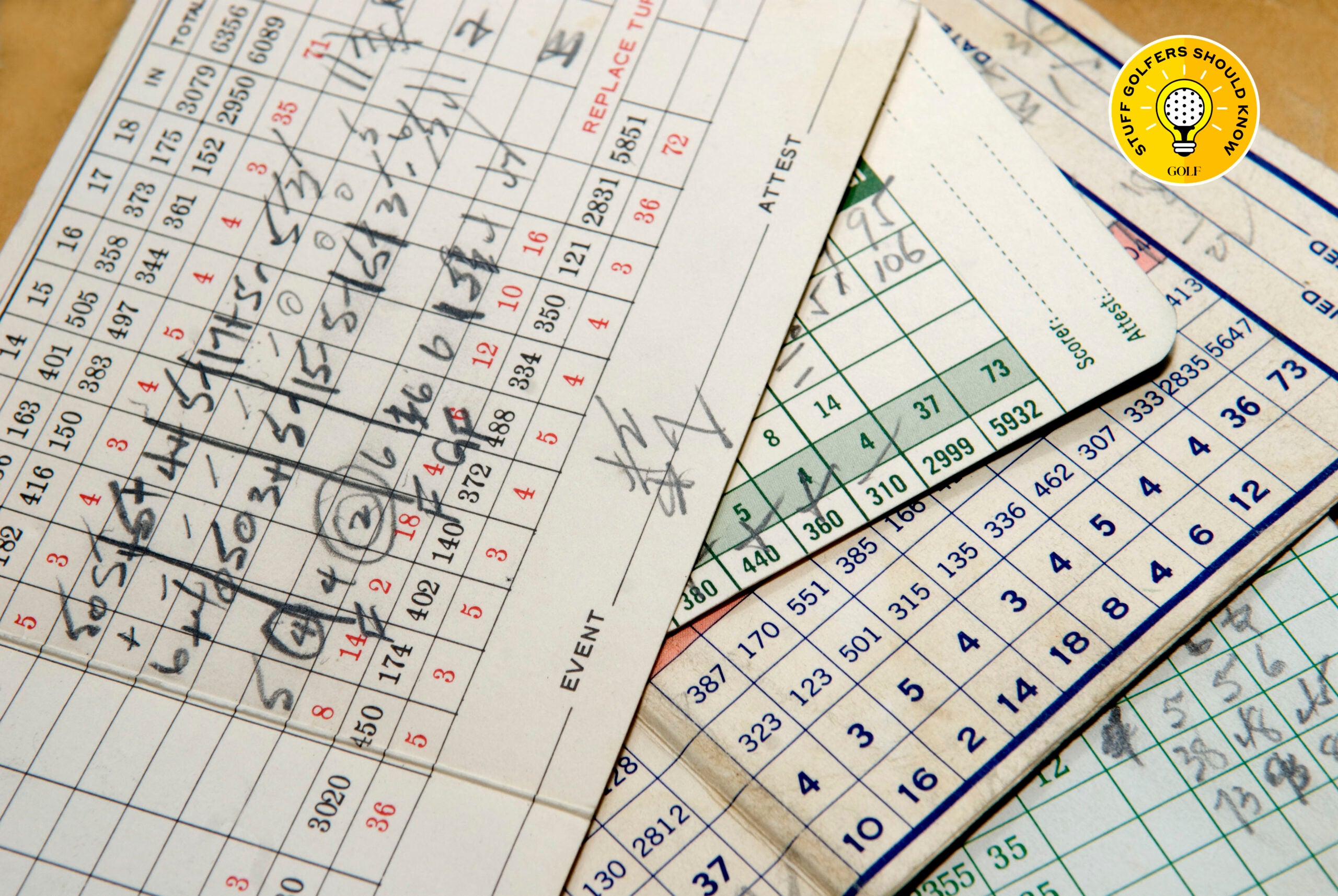Welcome to Stuff Golfers Should Know, a GOLF.com series in which we reveal all kinds of useful golf (and life!) wisdom that is sure to make you the smartest, savviest and most prepared player in your foursome.
Aside from slicing, chunking, hooking, skulling and topping, the most frequent error newbie golfers make is failing to care properly for the course. Bad swings are inevitable. Bad etiquette is inexcusable. While you’re working on the former, we would like to help you with the latter. Here’s a look at five common maintenance slip-ups, along with tips on how to set them straight.
1. Repairing ball marks
Congratulations. You hit the green. Now, fix the little crater you created in the turf. The common error here is to jam your divot repair tool underneath the ball mark and lift the soil to level it. That tears the plant roots and leaves a scar. The right way is to work your divot repair tool in a circle around the edges of the ball mark, gently pulling the turf toward the center until the crater is closed. Then softly flatten that area with your putter. Once you’ve repaired your own ball mark, fix another. Or two.
2. Filling divots in the fairway
To overfill or underfill? That is the question. The answer is neither. Overfilling leaves a hump. Underfilling leaves a hole. The proper method is to fill the divot with sand or sand/seed mixture (different courses prefer different options) until it is level with the surrounding turf, then tamp the filling down gently with your foot to smooth it out.

Birdicorn Heavy Edition – Divot Repair Tool

Stewart Golf Sand Bottle
3. The 90-degree rule
At certain times, under certain conditions, certain courses impose the 90-degree rule. Sometimes it applies to the entire course. Sometimes it applies to select holes. In some cases, the pro shop will inform you of it. In others, the starter will remind you. But finding out about the rule is just the start. You also have to follow it. This rule is precisely as it sounds. Designed to minimize wear and tear on turf, it calls for you to keep the cart on the path until you can turn at a right angle to your ball. Got it? If they wanted you do drive to your ball at a 60-degree angle, they’d call it something else.
4. Other cart and pull-cart etiquette
When you’re driving on the course, take the same approach as when you’re driving to the course. Follow signs. Abide by warnings. Steer clear of staked and roped-off areas. Courses put those in as protective measures. On top of that, use common sense. Proceed at a modest pace. Try to avoid sharp turns, as well as sopping turf, bunker edges, tees, greens and any other areas where a vehicle is destined to do damage. This etiquette applies to pull carts, too.

The Rambler | Electric Bike

Stewart Golf Q Follow
5. Preventing sand trouble
Your first job after you hit it in the bunker is to hit it out of the bunker. Your next job is to make it look like you were never there. Rake the sand smoothly. Also: exit the bunker as you entered it, from the low side, so that you don’t damage the steep faces. Lastly, before stepping back onto grassy ground, tap the sand from your shoes.
Rules Guy: A rake is keeping my ball from rolling into a bunker. What do I do?By: Rules Guy
Relying on a crucial resource
Founded in 1920, the USGA Green Section has spent a century-plus researching and disseminating course-care science. This has been invaluable for course operators. But it also has brought benefits to golfers. The turf-care tips we outlined above? The Green Section has compiled that information, and much more, in course-care guidelines aimed specifically at golfers. You can read them here.
Sign up to get your own handicap now
You can register for your own Handicap Index here. By doing up, you also get a membership to your local Allied Golf Association, which comes with a range of benefits, including the ability to play in handicapped events.











